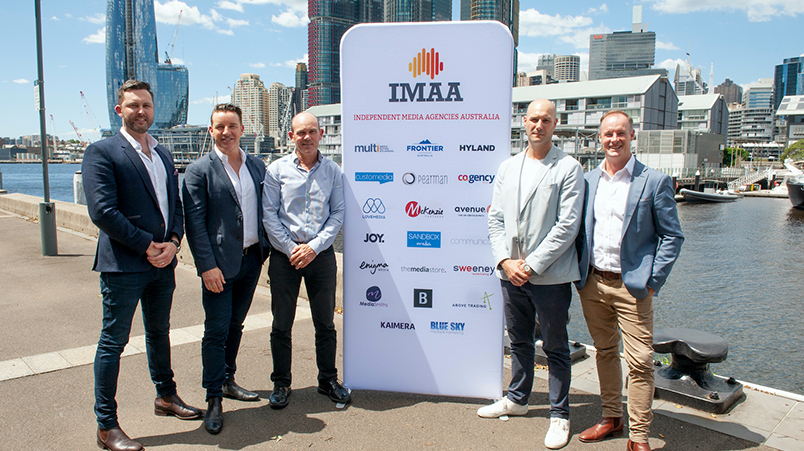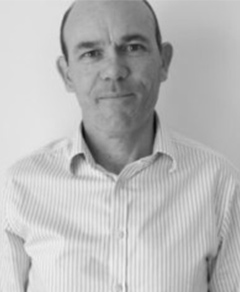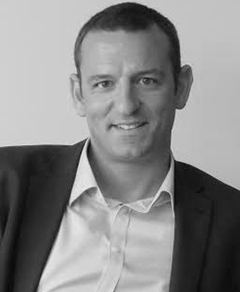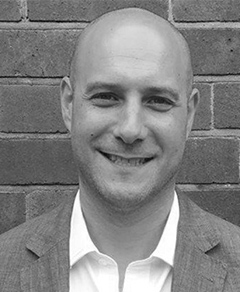Indie media agencies up 10%, majors down as new industry body forms to cement growth

Nine's Paul Brooks says indies are the second major ad spend revenue stream for the business but still remain overlooked within the industry.
While the rest of the ad market deals with shrinking budgets and declining spend in major verticals, independent media agencies are touting growth of close to 10% in 2019 as they form their own dedicated industry body.
The Independent Media Agencies of Australia (IMAA) will act as a new national not-for-profit association, outside of the current main body for media agencies, the MFA, and will support what it claims is a sector responsible for more than 25% or $2.5 billion in yearly advertising expenditure.
Members and media owners told Mi3 they are right behind the initiative.
IMAA chair and founder of Pearman Media, Dominic Pearman, says independents manage some 28.7% of total ad spend, though the split varies by channel.
He says radio tends to get a larger share of the spoils, because by indies tend to handle more smaller clients by volume, while TV gets a smaller cut, as larger clients tend to align with multinationals. But changing that default option is the "whole point" of launching the association, says Pearman.
"We're trying to convince the larger clients that we're a good choice. We've got everything the multinationals have, certainly the ability to do television and certainly for other media," he says. "We intend to showcase the benefits of independents to clients."
"Instead of trotting out the mantra 'nobody got fired for buying IBM,' we want clients to say 'nobody is going to get fired for taking my business to an independent'," adds Pearman.
"Instead of trotting out the mantra 'nobody got fired for buying IBM,' we want clients to say 'nobody is going to get fired for taking my business to an independent'."

Media owners weigh in
Nova Entertainment's chief commercial officer Peter Charlton says 20% of his network's business came via independent media agencies in 2019, with Sydney standing at 23% and Melbourne at 24%.
He thinks the independents have plenty of scope to develop stronger growth through stronger relationships, rather than obsessing about some of the technical aspects that can obscure marketing and advertising fundamentals.
His message to the association?
"We want to be collaborative and work with you and what's important to you and your customer now."
Nine sees a similar share of its revenue coming from indies, at roughly 20-25%, according to Nine head of sales for Sydney, Paul Brooks.
The former Carat CEO says it is the second most important revenue stream to the business, which now includes TV, radio and print, following major acquisitions over the past 18 months.
"We're seeing almost 10% growth out of the independent space. The major agencies and agency consortiums are going backwards, so the compound growth is actually greater than that. It's something closer to 15% versus market position," Brooks told Mi3.
Given the current market climate, the rise of independent agencies and their client-base is a boon to diversified media companies.
"Traditionally, a lot of advertising has been dominated by major categories. FMCG is a perfect example and retail to a certain extent as well, representing around 40% of the agency market. Those categories are under significant pressure and going backwards which has opened up for a lot of more progressive start-ups in that space," says Brooks.
"There are various sorts of organisations in the SME space which are spending money which they didn't do before. Digital is the enabler - and that's where we are seeing a lot of these indies grow from."
Verizon Media ANZ managing director, Paul Sigaloff, says the indie agencies banding together to drive collective growth and confidence in their offering is a "no brainer".
"Whether they're the independent media agencies or mid-market customers, they're certainly growing. The dynamics of the market have been tough but it's really led by individual clients," Sigaloff says.
While SMI data doesn't paint a pretty picture, "within that, there are pockets of clients that are growing. Not all of them sit within the IMAA fraternity, but that smaller level client is very much based on business performance," he added. "They've obviously got healthy businesses and healthy marketing budgets - and there's an opportunity."
"We're seeing I think almost 10% growth out of the independent space. The major agencies and agency consortiums are going backwards so the compound growth is actually greater than that. It's something closer to 15% versus market position."

The indie agency opinion
While the growth of social and digital channels has arguably bought more advertisers into the mix, Frontier commercial director and IMAA member, Dan O'Brien, says the agency often finds ways to make traditional media, such as TV and radio, pay off.
He thinks larger agencies may have drunk a little too much "digital Kool-Aid".
"We're finding, at least from Frontier's perspective, that we can deliver results for clients through traditional platforms. I think sometimes that can be forgotten. The proof is in the pudding and we're seeing good results from traditional media."
Otherwise, he says the agency would spend elsewhere.
"For us, investment flow is where results flow. Not based on what share we think [any given channel] should have, but based on what results they're delivering for clients. We've focused heavily on that for the last two or three years, and as a result, investment in some of those channels has increased."
Kaimera founder and IMAA member, Nick Behr, says the attraction for CMOs and brands to work with indies is often a single P&L, and reduced churn, ensuring a client's IP remains in the business for longer.
"Turnover of staff is significantly less than the bigger agencies," Behr says. "They're looking at 30% to 40%. In most of the independents, it's probably under 20% or even 10%. Ours certainly is, I can't speak for everyone."
While not a member of the MFA, Behr and the rest of the indie consortium hope that the two can work closely together over time on wider industry issues.
"I can't talk for all the independent agencies but for the ones I have spoken to, our turnover of staff is significantly less than the bigger agencies. They're looking at 30% to 40%. In most of the independents, it's probably under 20% or even 10%.

The IMAA's management and mandate
Pearman (the chairman), O'Brien and Behr, plus Sandbox Media's Ant Colreavy and McKenzie Partners' Sam Buchanan make up the association's five-strong management committee for year one - and the committee will rotate annually.
Its mandate is to:
- Promote the benefits of working with independent media agencies, including the benefit of working directly with the owners of these agencies and their staff
Build further respect for independent media agencies by promoting the experience, care and flexibility that they provide - Educate advertisers about the value independent media agencies can bring to their business
Promote collaboration between independent media agencies as a forum to share knowledge - Create a verified platform for reputable and established independent media agencies
- Build the Australian economy through supporting 100% Australian owned independent media agencies, meaning that money stays in Australia.

